Imagine stumbling upon a secret from the mists of time—a silent witness to ancient lives, carved from a single giant larch tree, lying buried beneath Siberian peat for millennia. That’s the Shigir Idol, a wooden statue unlike any other, older than the Egyptian pyramids and Stonehenge. Its mysterious face and intricate carvings have baffled scientists and enchanted explorers, making it a true marvel of human creativity. If you’ve ever wondered about the dawn of art, spirituality, or even the birth of storytelling itself, prepare to be amazed by the saga of the Shigir Idol.
The Astonishing Discovery in the Ural Mountains
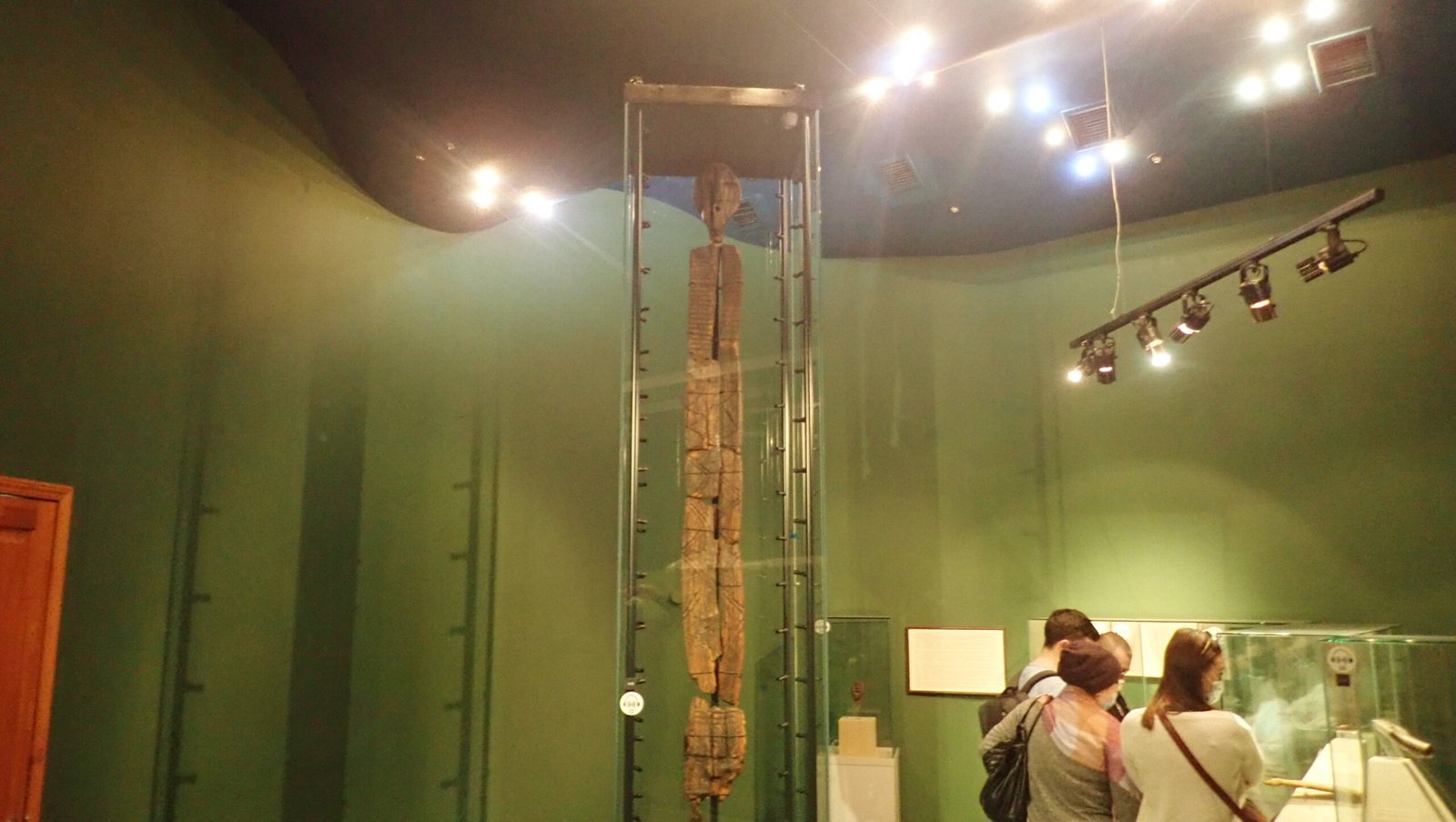
In 1890, laborers digging for gold in the remote Ural Mountains of Siberia unearthed something nobody expected. Beneath layers of peat, they found a wooden figure—towering, weathered, and covered in ancient markings. This wasn’t just a lucky find. It was one of those rare moments when history seems to tap us on the shoulder and whisper secrets from a forgotten world. The Shigir Idol was immediately shipped to a local museum, sparking curiosity and debate among archaeologists and historians. Many couldn’t believe such an old wooden artifact could survive Siberia’s harsh climate. Yet, the peat’s unique chemistry had preserved the idol for around 12,500 years, making it the oldest known wooden sculpture on Earth.
What Is the Shigir Idol?

At first glance, the Shigir Idol looks both familiar and alien—like a totem from a dream. It stands nearly three meters tall, though experts believe it was originally even taller, possibly over five meters. Carved from a single larch tree, the idol features a stylized human face at the top and a series of geometric patterns along its length. Some see faces, hands, and even a map hidden in its cryptic designs. Unlike stone or bone artifacts, the idol’s wood offers a rare glimpse into the artistry and beliefs of prehistoric hunter-gatherers. Its sheer size and complexity make it a true masterpiece of ancient engineering and imagination.
The Age That Redefined Prehistory

For decades, the age of the Shigir Idol was hotly debated. Early guesses underestimated its true antiquity, assuming it was only a few thousand years old. But radiocarbon dating in the late 20th and early 21st centuries turned everything upside down. Scientists were stunned to learn the idol dates back nearly 12,500 years—almost twice as old as the Egyptian pyramids. This means the Shigir Idol was created during the Mesolithic period, when most of the world’s population still lived as nomads. Its existence challenges everything we thought we knew about the timeline of human creativity.
Carving Techniques: A Leap in Human Skill
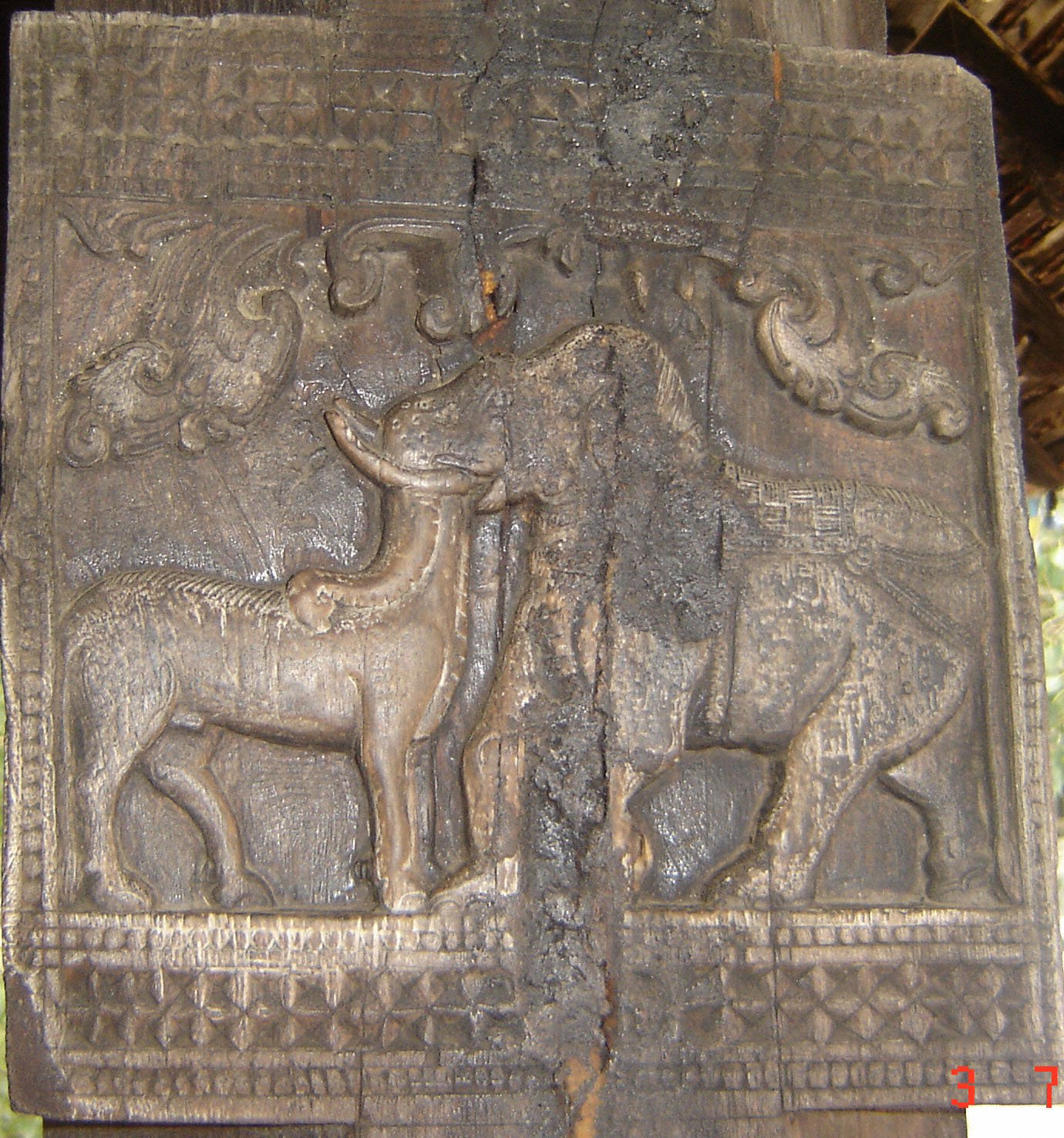
The Shigir Idol isn’t just old—it’s incredibly sophisticated. The ancient carvers used stone tools to shape the wood with astonishing precision. Close examination reveals that the surface was smoothed and polished, and the intricate patterns were incised with remarkable care. It’s hard to imagine the patience and skill required to create such detailed work with nothing but primitive blades. Some researchers believe the idol’s creators might have used fire to help shape the wood, a technique seen in other ancient cultures. The craftsmanship suggests a deep understanding of materials and a strong sense of artistic purpose.
The Idol’s Mysterious Symbols
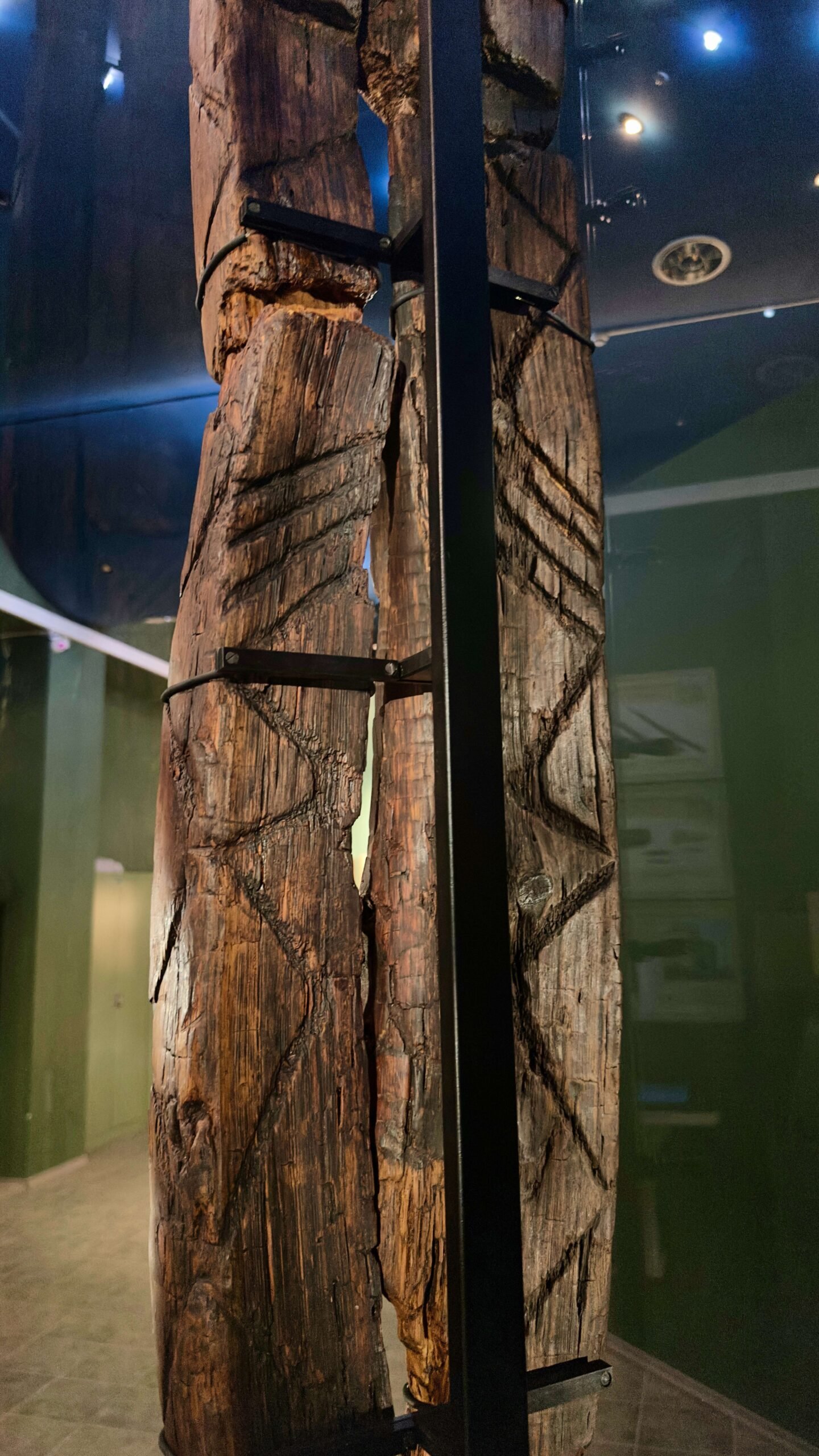
Perhaps the most captivating aspect of the Shigir Idol is its enigmatic carvings. The surface is adorned with zigzags, chevrons, human faces, and what look like winding rivers or paths. Some experts believe these symbols represent mythological or spiritual ideas, possibly linked to shamanistic rituals. Others think the patterns might be a form of storytelling or even an ancient map. The meaning remains elusive, but one thing is certain: the idol’s marks are deliberate and meaningful, crafted by people with complex beliefs and a desire to communicate across generations.
Preservation in the Depths of Peat
Wood rarely survives the ravages of time, but the Shigir Idol owes its remarkable preservation to Siberia’s deep, waterlogged peat bogs. The oxygen-poor environment slowed decomposition, effectively ‘pickling’ the statue for more than 12,000 years. Without this lucky accident of nature, the idol would have decayed centuries ago, leaving no trace of its existence. The peat’s chemistry also protected the carvings, allowing modern researchers to study the idol’s surface in incredible detail. It’s a vivid reminder of how fragile our connection to the ancient past can be—and how easily it can vanish.
A Glimpse into Ancient Spirituality

What did the Shigir Idol mean to the people who made it? While we may never know for sure, many archaeologists see it as a spiritual or ritual object. Its imposing size and position in the landscape suggest it was meant to be seen and respected—perhaps as a guardian of sacred places or a mediator between humans and the spirit world. The faces and symbols carved on its surface may have represented gods, ancestors, or mythical beings. The idol could have been a kind of ancient ‘message board,’ recording stories, warnings, or prayers for future generations.
Comparisons with Other Ancient Art
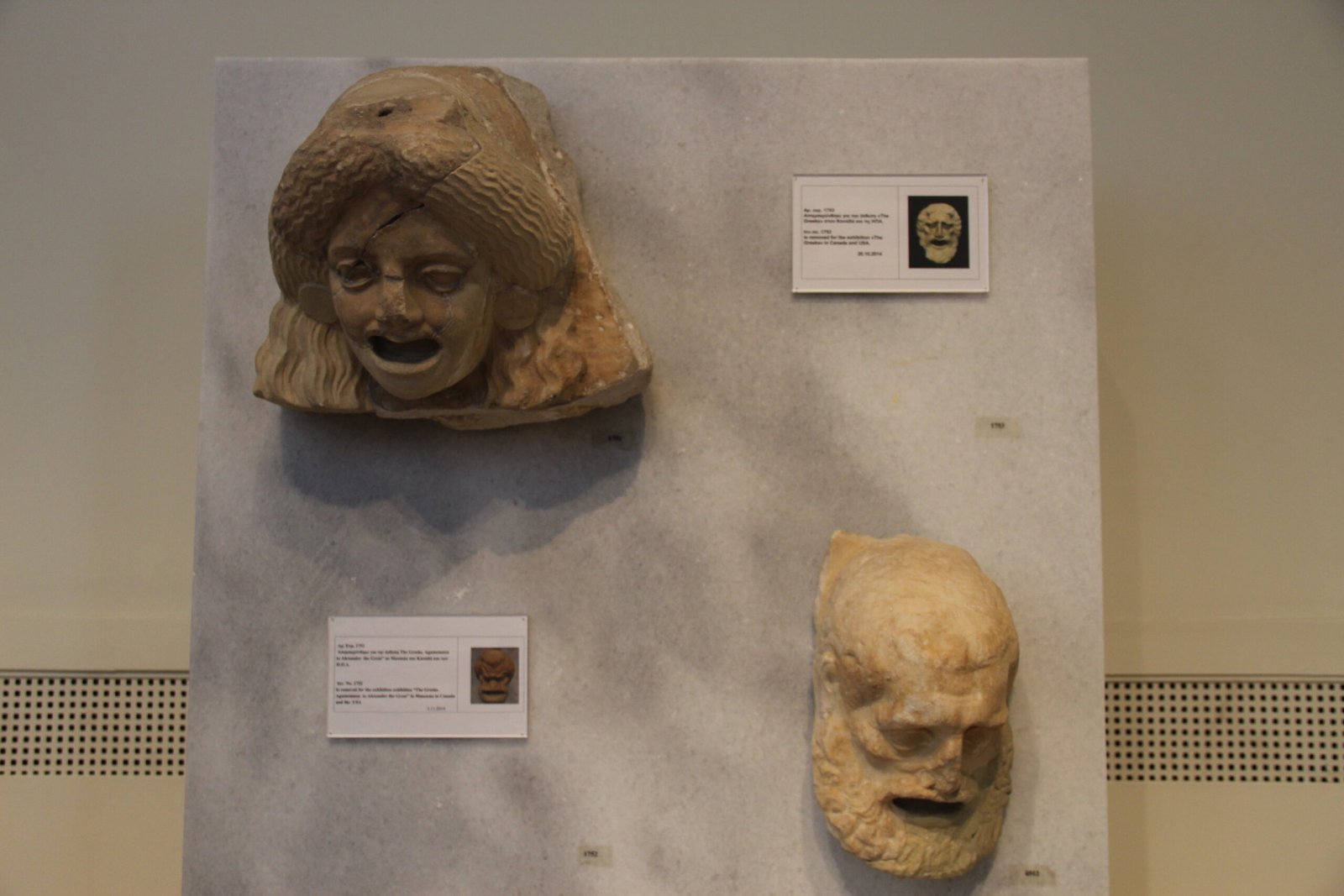
The Shigir Idol stands alone in many ways, but it also shares similarities with other prehistoric art. For example, the geometric patterns resemble carvings found in European Mesolithic and Neolithic sites. However, the idol’s age and material set it apart—it’s far older than most known wooden artifacts. Its closest counterparts are stone sculptures from the same era, like the enigmatic Göbekli Tepe pillars in Turkey. Yet, the Shigir Idol is unique in its use of wood and its isolated Siberian origin, hinting at a diverse and creative ancient world that spanned continents.
The Idol’s Journey to the Yekaterinburg Museum

After its discovery, the Shigir Idol was transported to the Sverdlovsk Regional Museum in Yekaterinburg, where it still resides. At first, the idol was displayed in fragments—several pieces had broken off during excavation and transport. Over the years, dedicated scientists painstakingly restored the statue, reassembling its parts to approximate its original grandeur. Today, visitors can marvel at the idol in a climate-controlled gallery, standing tall as one of Siberia’s—and the world’s—greatest archaeological treasures. The museum continues to study and preserve the idol, using the latest technology to unravel its secrets.
The Challenges of Wooden Archaeology
Studying ancient wood is a rare treat for archaeologists, since the material usually decays quickly. The Shigir Idol’s survival is so exceptional that it required specialists to develop new conservation methods just to keep it intact. Researchers must carefully control humidity and temperature to prevent the wood from cracking or warping. Even the tiniest mistake can cause irreversible damage. The idol’s unique preservation has inspired scientists to revisit other peat bogs and wetlands, hoping to find more wooden artifacts hiding beneath the surface. Each discovery adds a new chapter to the story of early human creativity.
Deciphering the Idol’s Purpose
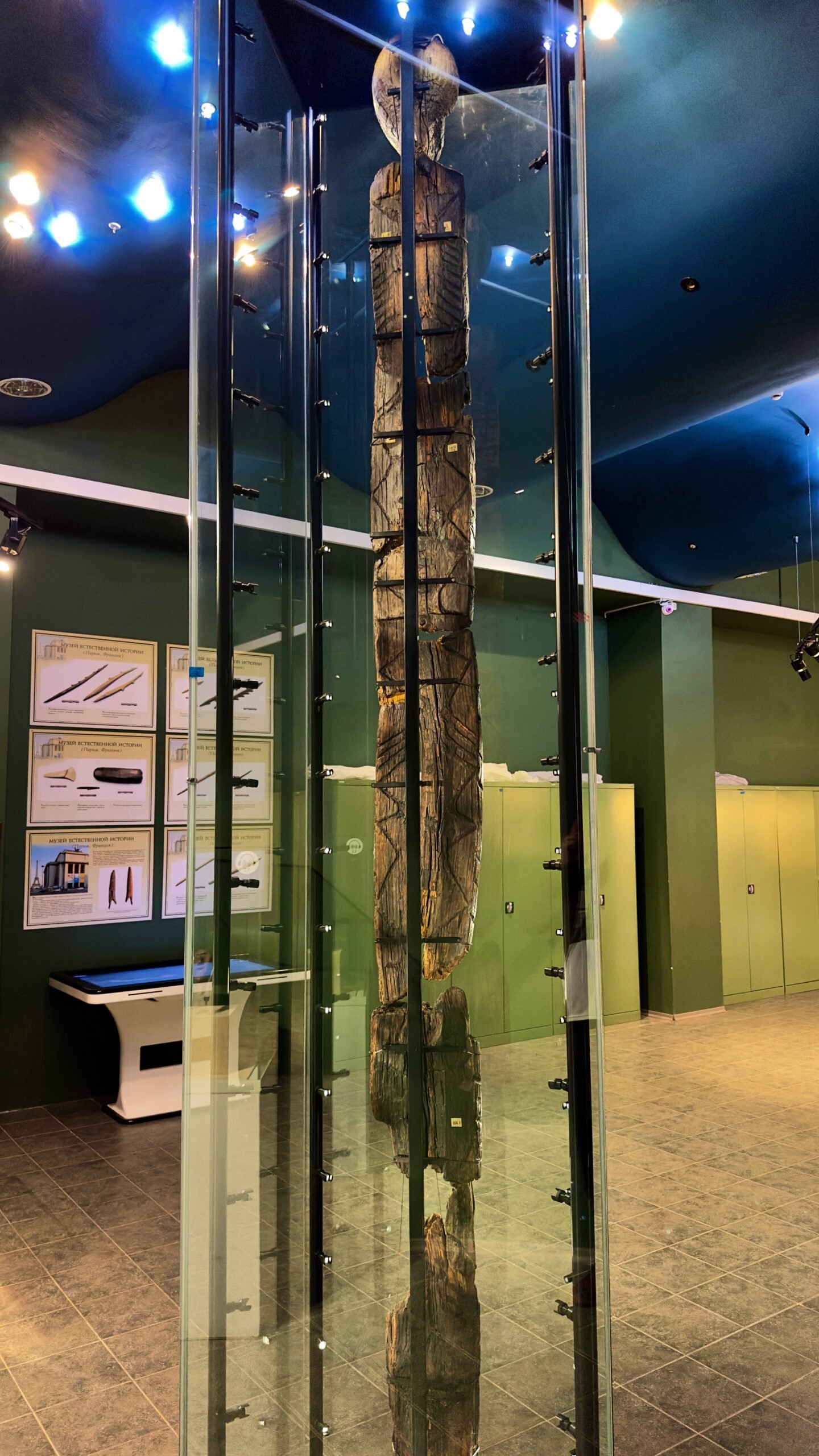
The true purpose of the Shigir Idol remains a subject of passionate debate. Some scholars believe it was a totem pole, marking territory or commemorating ancestors. Others suggest it may have served as a warning or guidepost for travelers crossing the wild Siberian landscape. Still others think it was part of a larger ritual complex, perhaps used in seasonal ceremonies or rites of passage. The lack of direct evidence leaves plenty of room for interpretation, but the idol’s careful construction and prominent location signal its importance to the people who made it.
Ancient Siberia: A Hub of Innovation

The creation of the Shigir Idol reveals a side of ancient Siberia that often goes unnoticed. Far from being a cultural backwater, this region was home to innovative and highly skilled people. They adapted to harsh climates, developed complex technologies, and expressed themselves through sophisticated art. The idol suggests that Siberian hunter-gatherers were not just surviving—they were thriving, creating works of beauty and meaning that rival anything found in more famous ancient civilizations. It’s a humbling reminder that history’s greatest achievements aren’t always where we expect to find them.
Modern Technology Meets Ancient Mystery

Recent advances in science have transformed our understanding of the Shigir Idol. High-resolution 3D scanning, microscopic analysis, and new radiocarbon dating techniques have revealed details invisible to the naked eye. Scientists have mapped the idol’s carvings in unprecedented detail, uncovering layers of meaning and technique. DNA analysis of the wood has even provided clues about the ancient forests of Siberia. Each new discovery deepens the mystery, showing how modern tools can bring the distant past into sharper focus, while also raising new questions for future generations to solve.
Faces from the Ice Age
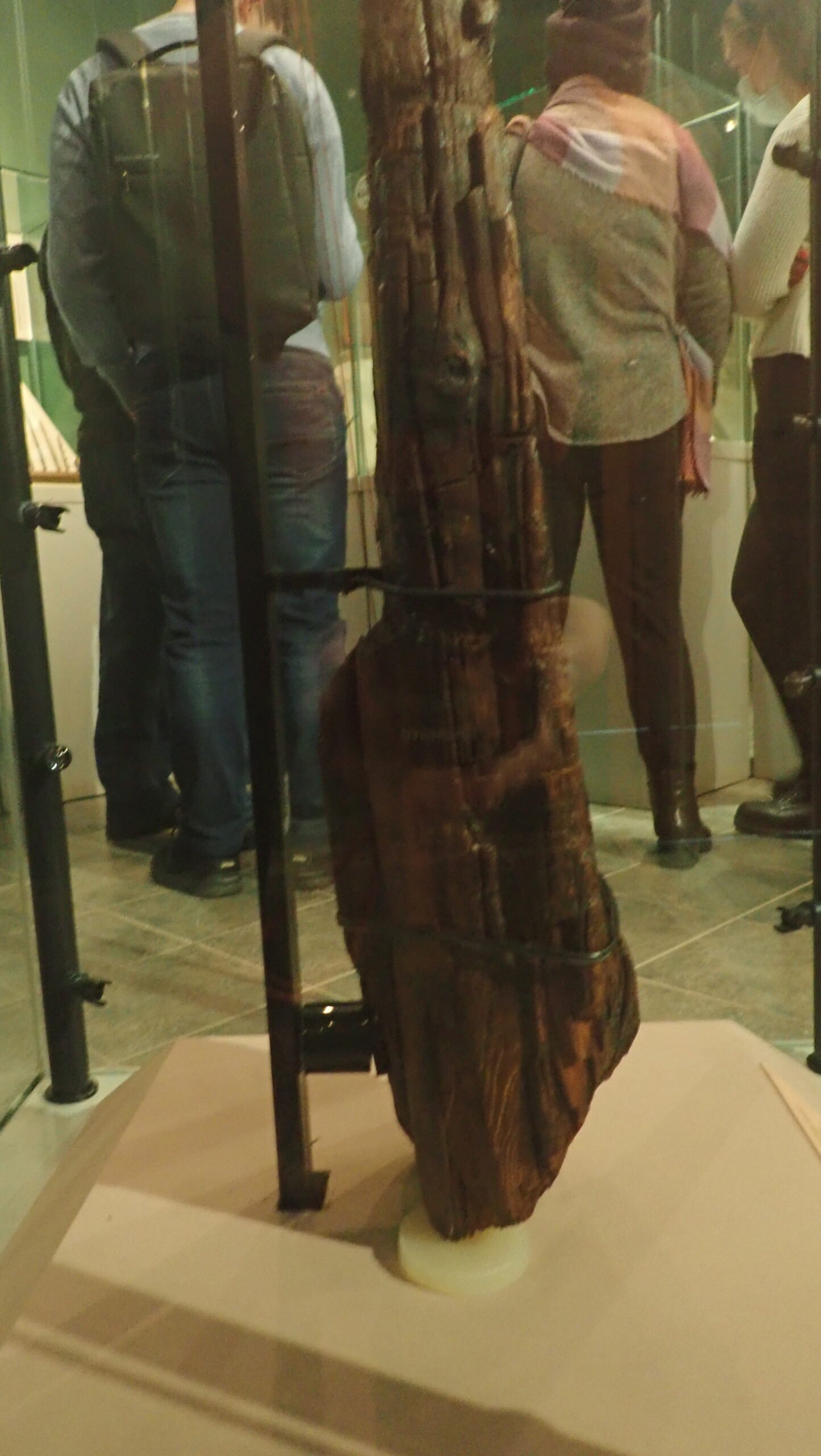
The idol’s carved faces are among its most haunting features. With their vacant eyes and solemn expressions, they seem to stare right through time, connecting us to people who lived before written language or metal tools. Some anthropologists believe these faces represent spirits or deities, while others think they might be stylized portraits of real individuals. The ambiguity only adds to the idol’s allure, inviting viewers to imagine what life—and belief—looked like at the end of the last Ice Age. It’s a powerful reminder of our shared humanity, stretching back thousands of years.
The Idol’s Impact on Archaeology
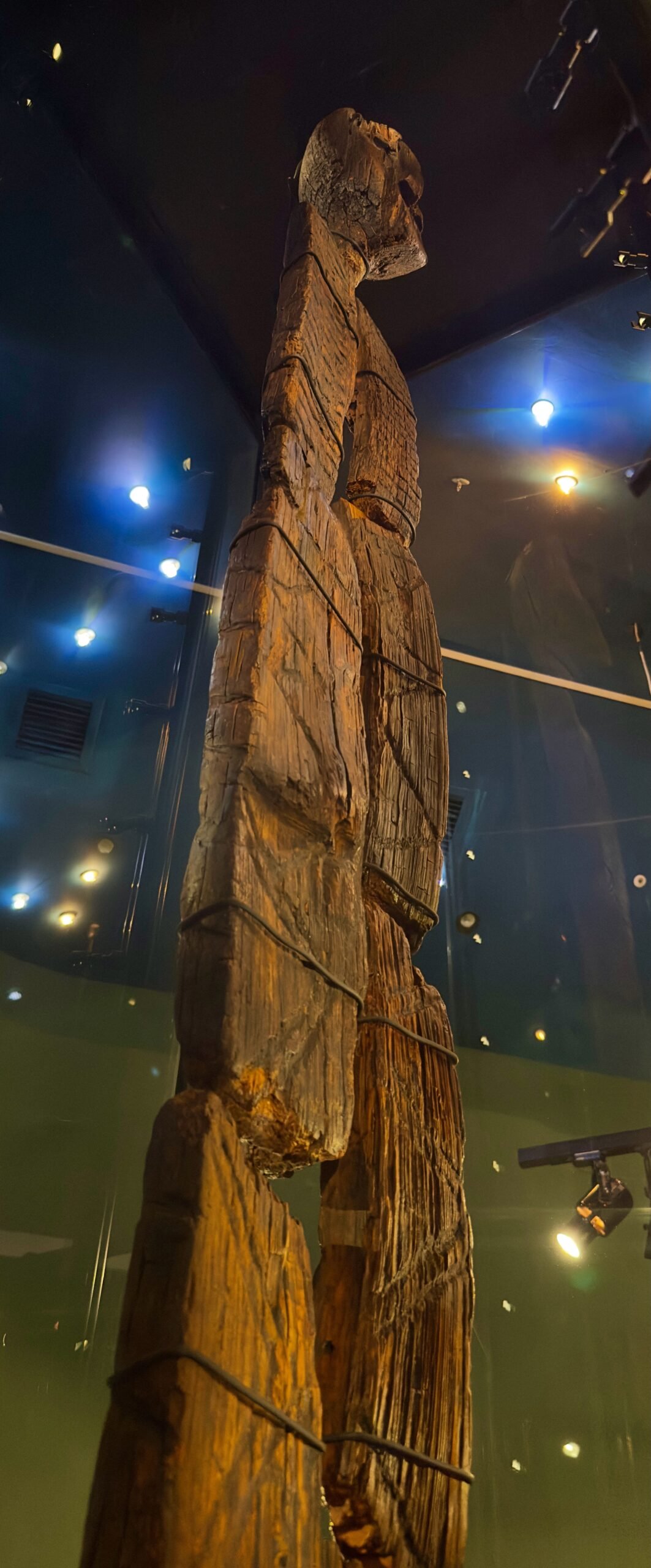
The Shigir Idol has forced archaeologists to rethink long-held assumptions about prehistoric art and society. Its age pushes back the timeline for sophisticated wooden sculpture, challenging the idea that such achievements only emerged with agriculture or settled life. The idol also suggests that hunter-gatherers were capable of complex symbolic thought and artistic expression. This has inspired new research into other “forgotten” regions and materials, as scientists look beyond stone and bone to find traces of early creativity. The idol stands as a symbol of the surprises still waiting beneath the earth.
Controversies and Competing Theories

Like all great discoveries, the Shigir Idol has sparked its share of controversies. Some experts dispute its age or question whether its symbols really represent language or mythology. Others argue about the idol’s original appearance—was it painted, adorned with objects, or part of a larger structure? The lack of direct evidence means the idol’s story is still unfolding, with each new study bringing fresh perspectives and debates. This vibrant scientific conversation keeps the idol relevant, reminding us that history is always open to interpretation.
The Idol’s Role in Russian and World Heritage

The Shigir Idol is not just a scientific marvel—it’s a cultural icon for Russia and the world. It stands as a testament to the ingenuity of early Siberian peoples, and it has inspired countless artists, writers, and thinkers. The idol appears in textbooks, documentaries, and even popular culture, symbolizing the enduring power of human creativity. Its presence in the Yekaterinburg museum draws visitors from around the globe, fostering a sense of wonder and pride. The idol’s story bridges past and present, reminding us of the deep roots of artistic expression.
Why the Shigir Idol Still Matters Today
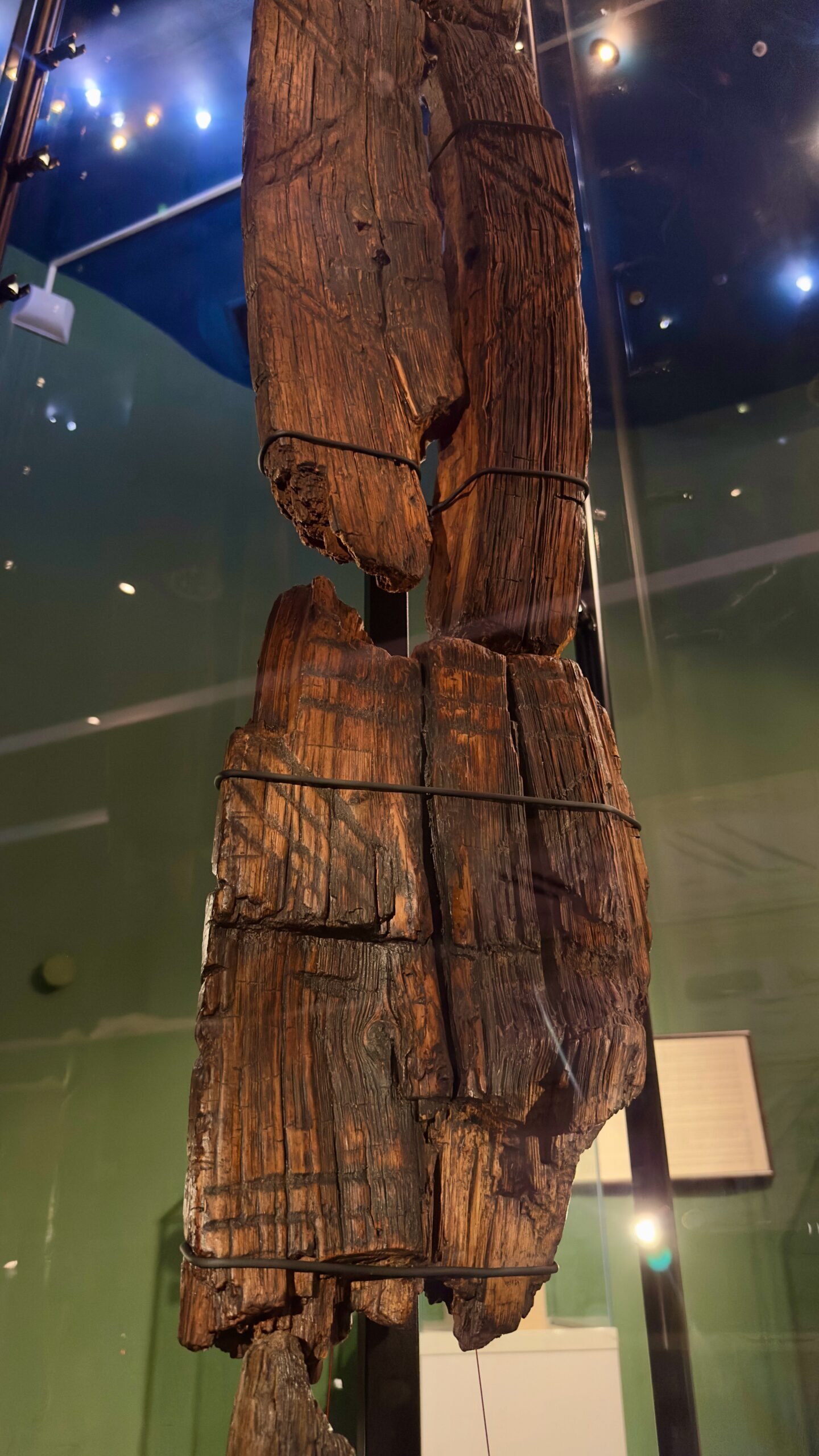
More than a relic, the Shigir Idol is a living link to our collective past. It challenges us to rethink our assumptions about ancient people, to marvel at their ingenuity, and to appreciate the fragile beauty of cultural heritage. In an age of rapid change, the idol stands as a silent reminder that creativity and curiosity are timeless human traits. Its survival is a stroke of luck, but its significance is no accident—it speaks to the universal desire to leave a mark, to be remembered, and to connect across generations.



